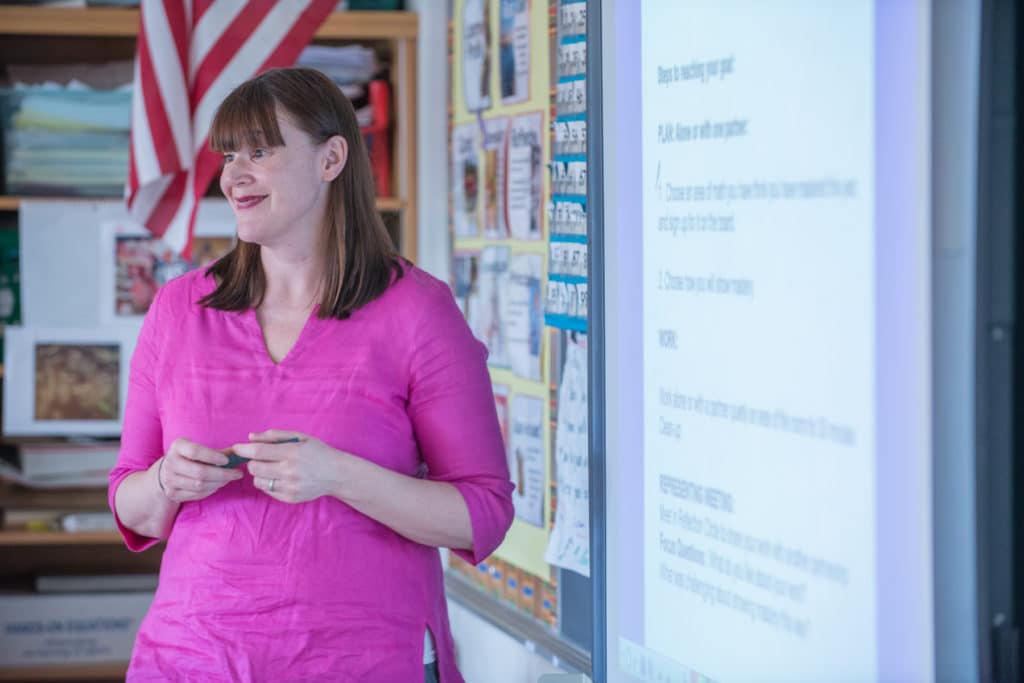
Crafting powerful solutions for educating all children is an evolutionary and continuous improvement process. Educators and all those responsible for education must always be focused on innovating and pushing boundaries, digging deep, and searching wide for ideas to advance high-quality teaching and learning and to improve student outcomes. These are high-stakes outcomes, and clearly the wide adoption of the Common Core State Standards is the most far-reaching evolutionary change in 21st century American education that can help us achieve these outcomes.
The CCSS are causing educators to think differently about the work of ensuring all children get the high-quality, relevant education they need and deserve. And like all big changes, it presents big opportunities, particularly for supporting teachers’ growth and for building teachers’ capacity to make the instructional shifts that will prepare students to fully participate in, contribute to, and thrive in our ever-evolving society.
School leaders who have put a great deal of energy and resources into mapping the curriculum to the new standards have taken the first important step to delivering on the CCSS. But it is only a first step. As explained in Northeast Foundation for Children’s just-released white paper, “Teacher Skill Drives Common Core Success: How Responsive Classroom Helps,” the second crucial step is professional development for teachers. We need to provide teachers with the high-quality, sustained training and support that will enable them to shift their instruction so that students learn in the ways intended by the Common Core.
Without dispute, the single most important factor in achieving the standards is teachers with instructional prowess: those who engage all students, lift them to high levels of content mastery, provoke critical thinking and deep analysis, and coach them into becoming strong communicators and collaborators.
Many teachers have this instructional prowess. I see them when I visit schools. I hear about them from my staff. I read about them in the educational press. And I worked with them when I was a teacher and a principal. I feel nothing but admiration and gratitude for these teachers. They are growth-minded teachers, committed to improving their craft, ever ready to adapt for the sake of providing all students with a high-quality education.
Our work in education is to support these teachers in their continued growth and to make sure all teachers teach like this. We can do that by giving teachers strategies—practical ways to make academics engaging, manage classrooms, and build a positive learning communities. Since 1981, teachers have been turning to the Responsive Classroom approach for just such strategies, and recent research by the University of Virginia found that Responsive Classroom indeed increases teachers’ use of standards-based practices and leads to higher-quality instruction.
We at Responsive Classroom stand ready to be your partner in reaching success with the Common Core. Whether you’re a teacher or an administrator, I urge you to read “Teacher Skill Drives Common Core Success: How Responsive Classroom Helps” for details about how Responsive Classroom can help you and your school achieve CCSS goals.
Educators are continuous learners, always interested in providing children with an education that’s relevant to their lives and their futures. The Responsive Classroom approach is here to support teachers as they make shifts in this vital evolution of education.
Lora Hodges is executive director of Center for Responsive Schools, Inc.